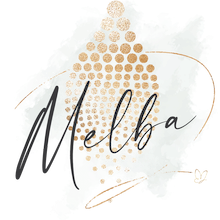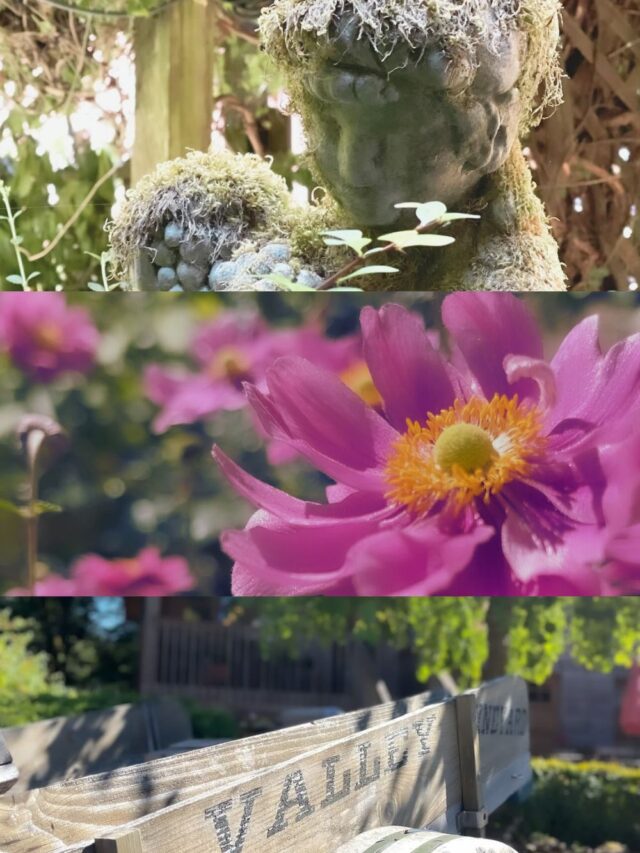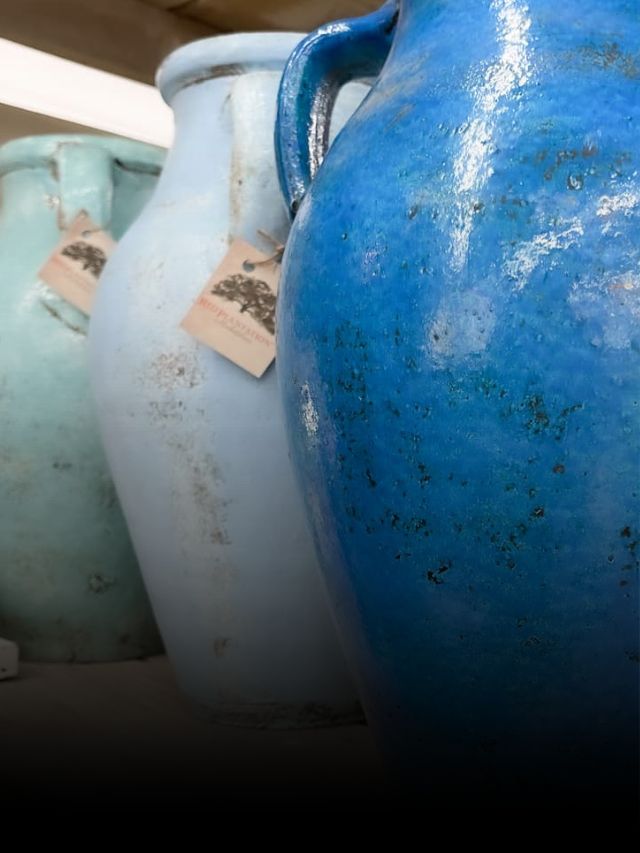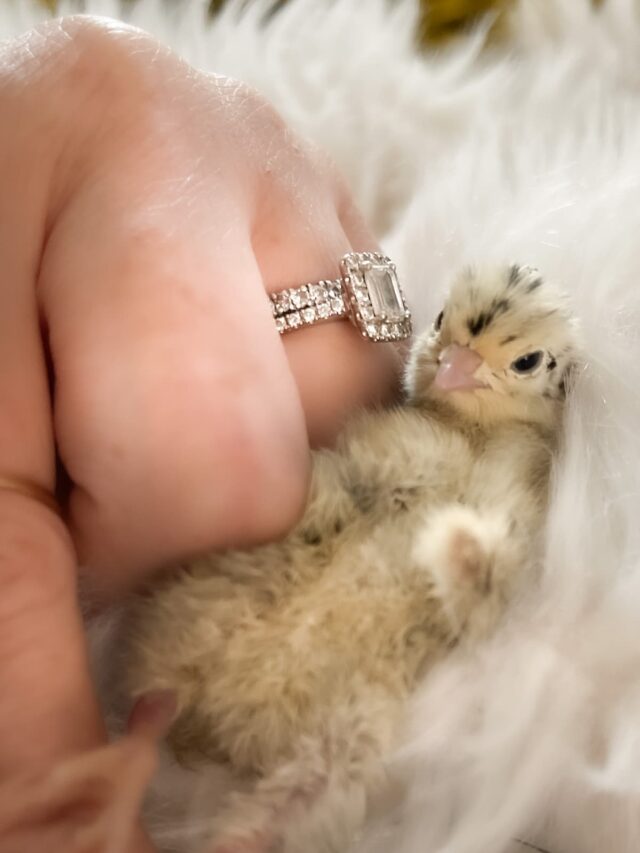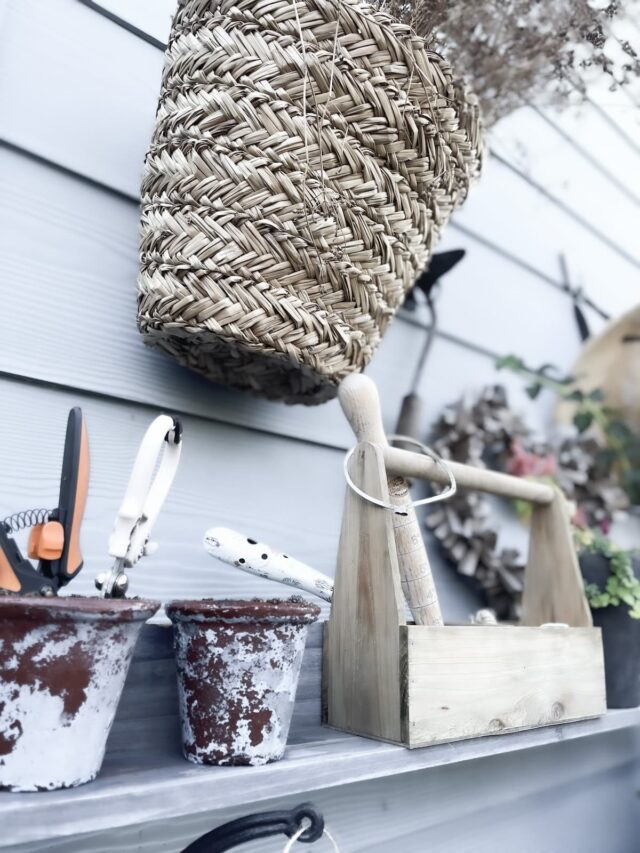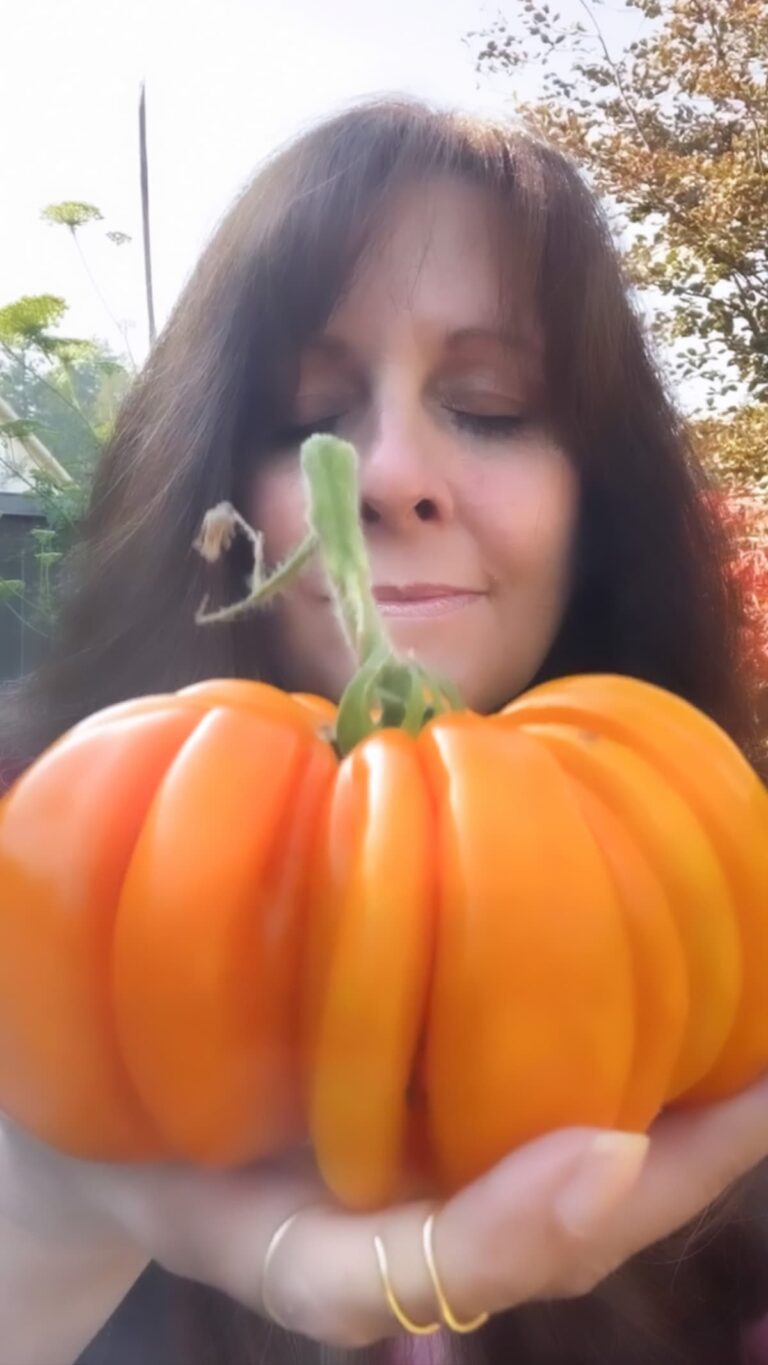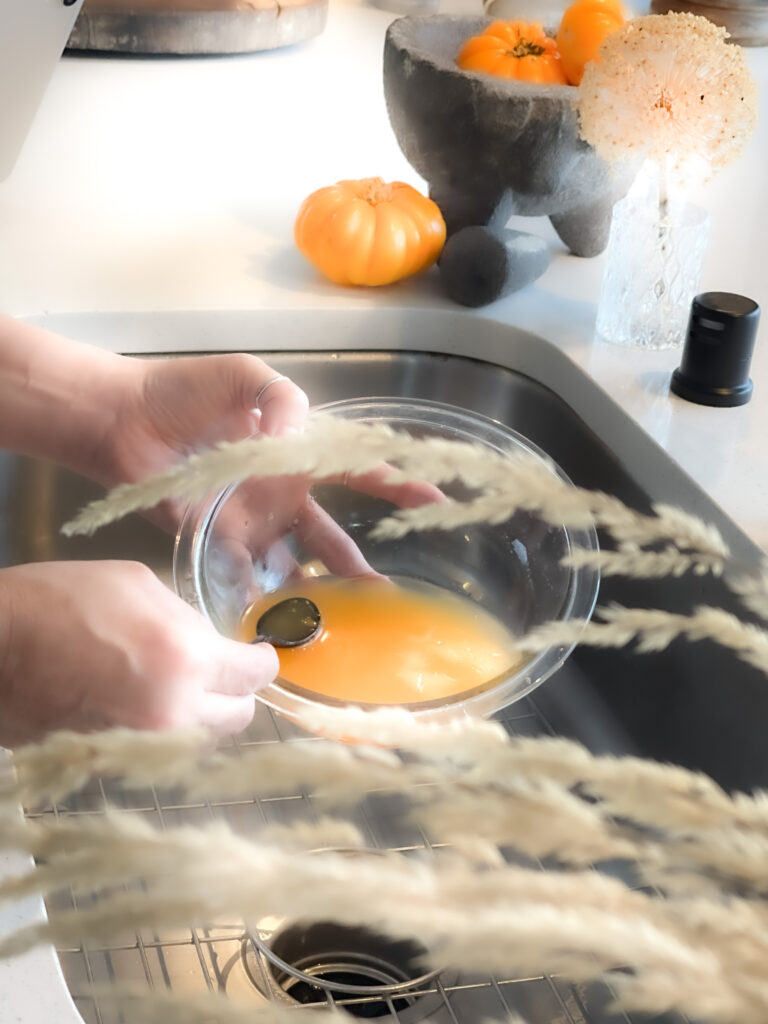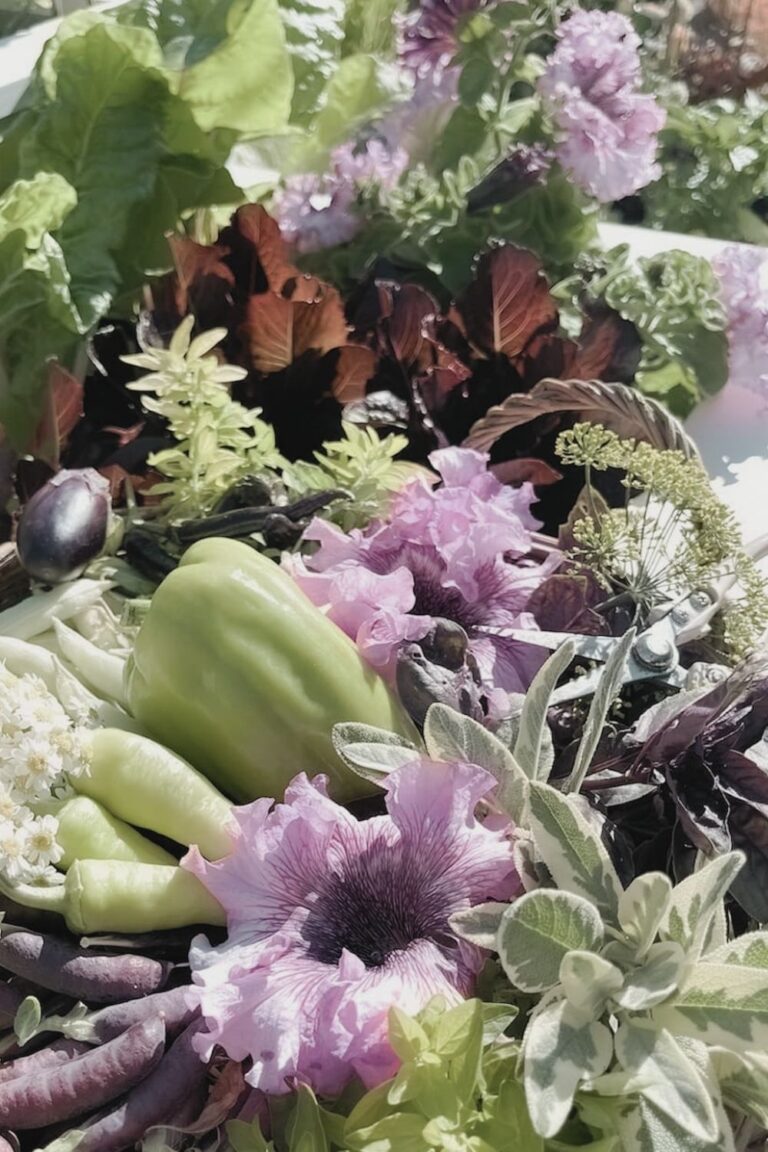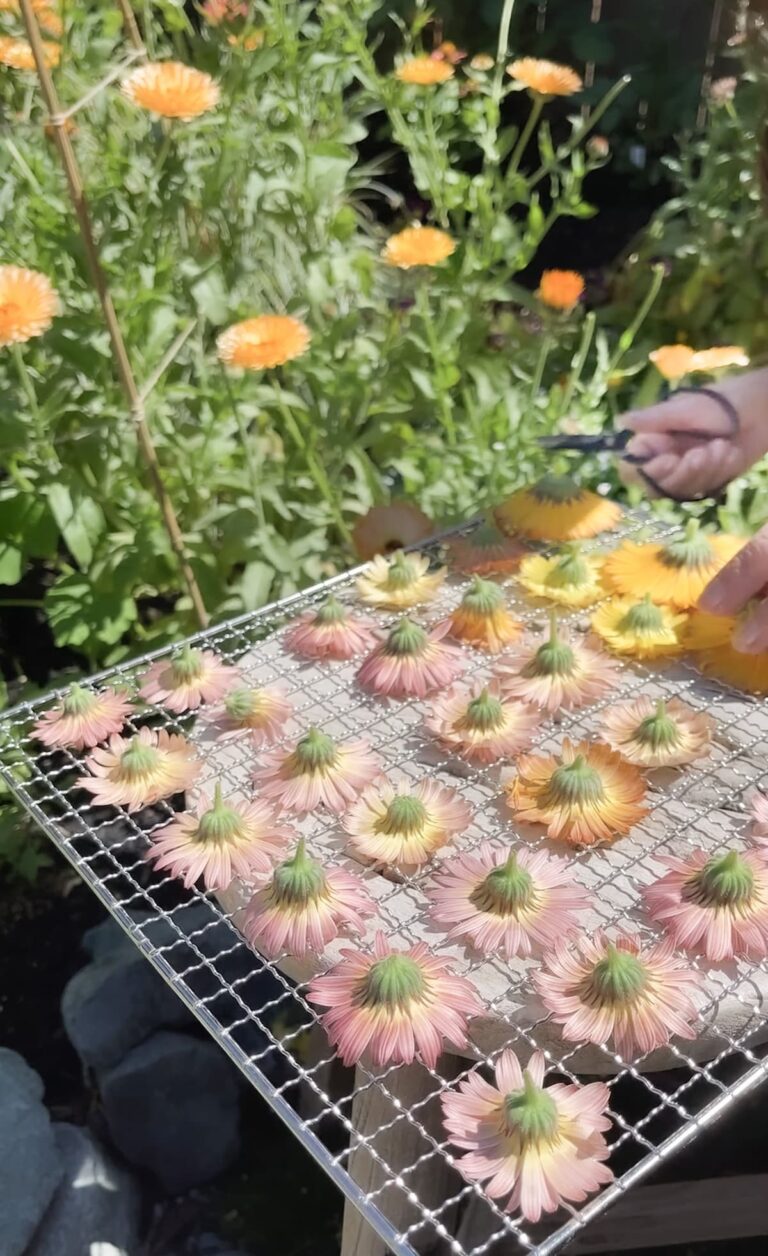ADVANTAGES OF SEED SAVING | Committed Approach to Gardening
The value in seed saving comes from nurturing the garden because it is in turn motivating and nurturing to me. Saving seeds is what provides a way of living that is sustainable continuing the chain of life.
Seed saving from your garden is in total the best way to create a garden that has high value in sustainability. There are important factors involved in seed saving that generally will produce viable seeds and the same variety of plant as the parent plant.
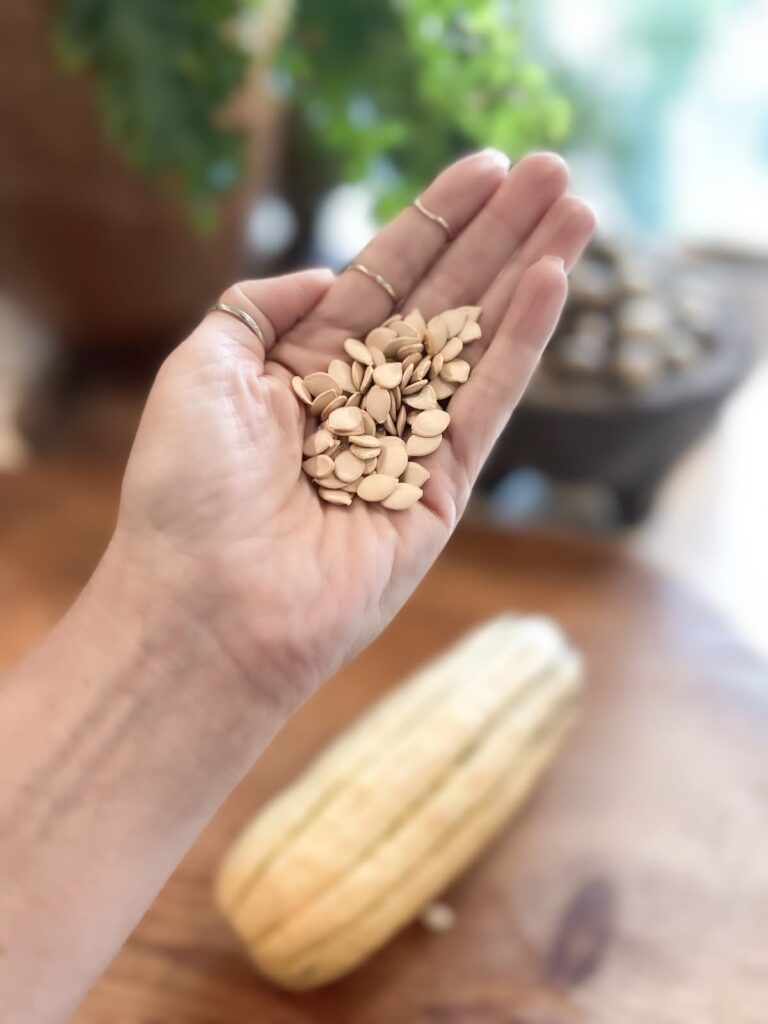
Links in this article are affiliate links and if you click on them, we will receive a small commission at no additional cost to you! Clicking and purchasing help to support this blog and all of the home and garden posts we bring to you! Click here for full disclosure
THE BEST PRACTICE IN THE GARDEN
When you are a beginner gardener, there are a lot of things to keep in mind and learn. Seed saving is a way to start on this journey.
I want to provide you with seed saving ideas that will make the practice easy for gardening. Even better is that this will provide you with cost savings.
One of my favorite times in the garden is when I am saving seeds for next year. This means that if the specific vegetable is a success, I will be planning my garden with this in mind.
The natural step of flowering to seeds is one of the most important gifts. When you get bolted flowers from vegetables, don’t become frustrated. You are nurturing and attracting pollinators who enjoy the flowers and then see them turn into so many seeds.

WHAT IS THE BEST WAY TO SAVE SEEDS?
Seeds are like magic and the small effort ensures the continuation of quality vegetables in your garden. The way to achieve this is to select the best and healthiest fruit in order to ensure the highest quality.
This is the main and most important value of seed saving, understanding that a quality vegetable will provide you with quality seeds. You achieve this by first knowing and understanding your gardening zone.
Steps to Collect the Best Quality Seeds
- Select the Best of the Best: This is the time to be very selective and find the best-looking vegetables. Stay away from any that are not the right scale for the variety, show signs of disease, or have already begun rotting.
- Time the Right Moment to Harvest Seeds: When you are seed-saving cucumbers or other vegetables, make sure the fruit is a little green. When waiting too long, you may take a chance the fruit has begun rotting. Timing is everything. You must also consider your gardening zone to know when to harvest before the season is over.
- Time to Collect: Locate the seeds and begin removing them. Be careful not to damage the seeds if you scrape them off with a spoon or knife. If the seeds are more fragile, consider using your fingers to get to them.
- Cleaning the Seeds: You either have a seed that needs fermenting, such as a tomato seed, or seeds that you can simply rinse off with water, such as squash, cucumbers, or peppers.
- Storing: Once you have collected the seeds, storing them is extremely important. Use small seed envelopes, a plastic container for loose seeds, a plastic case to store the seeds envelopes or glass jars. Storing must be done in a cool, dry, and dark place. Humidity is the enemy of a seed, so be sure to store it well for its long viability.
HOW DO I SAVE SEEDS FOR NEXT YEAR?
Saving seeds is the most budget-friendly way to grow your crops for next year. It reduces gardening costs and I can’t tell you enough about how empowering it feels to have new plants that grow from your own seeds.
What To Consider When Saving Seeds:
- Research: It is extremely helpful to do your own research on the specific variety of seeds you want to collect. Learn what is required to grow seeds and when to grow the seeds for practicing seasonal gardening.
- Cross-Pollination: Did you know that you need to be careful about the type of seeds you save? Not every seed is created equal When you have cross-pollination, the plant will genetically change and you will not have the same plant as the original. Isolate the plant by using garden netting to prevent cross-pollination if needed.
- Hybrid Seeds: I don’t worry too much about hybrid seeds, but if you are concerned, save seeds from heirloom plants only. A hybrid seed will not provide you with the same plant as the original.

WHAT IS THE MEANING OF SEED SAVING?
Seed saving is not only collecting and storing the seeds. This is such an integral part of having the power that can be connected to the natural rhythm of nature and provide you with a long-lasting supply of seeds.
Saving the seeds from your own plant, if done correctly. will be better than buying seeds not knowing anything about its history.
This season I planted new seeds I ordered for a sweet pepper and that is not what I got. I got a spicy pepper and spend valuable space from my small garden for this pepper. At the end, it was not one that I would use and gifted the peppers to a garden friend.
Seed saving takes back control of your own gardening process and helps with a successful outcome.
Give it a try!
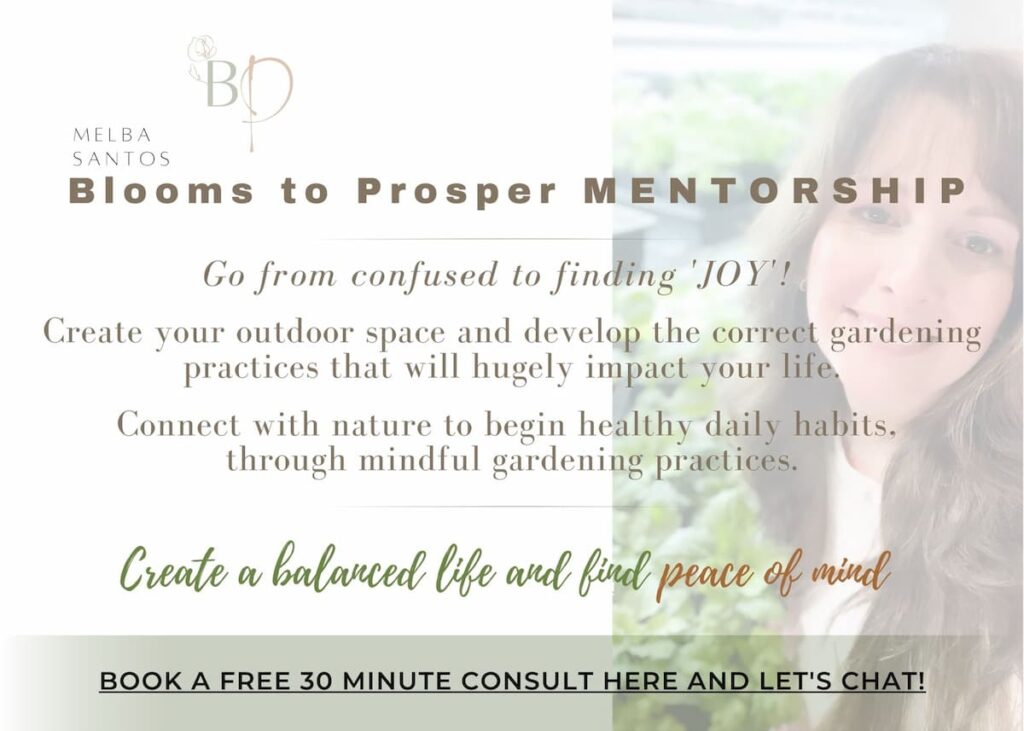
CAN YOU SAVE SEEDS FROM STORE-BOUGHT VEGETABLES?
The clear answer is that you can save seeds from store-bought vegetables, but you have to be cautious and keep in mind some considerations.
When you select a vegetable, if you do not know it is an heirloom vegetable, then what you get is not going to grow the same vegetable. Only an heirloom vegetable will give you the exact vegetable you are starting from.
But many save seeds from vegetables they purchase, such as tomatoes and peppers which are not heirlooms.
If this is a direction you wish to begin with, find vegetables that are not hybrid or genetically modified. You can grow it anyway if it is not a heirloom, but the new plants will vary.
I would advise you to be extremely careful when doing this and only do it to learn how to save seeds, grow them, and experiment.
Store Bought Vegetables Seed Saving Tips:
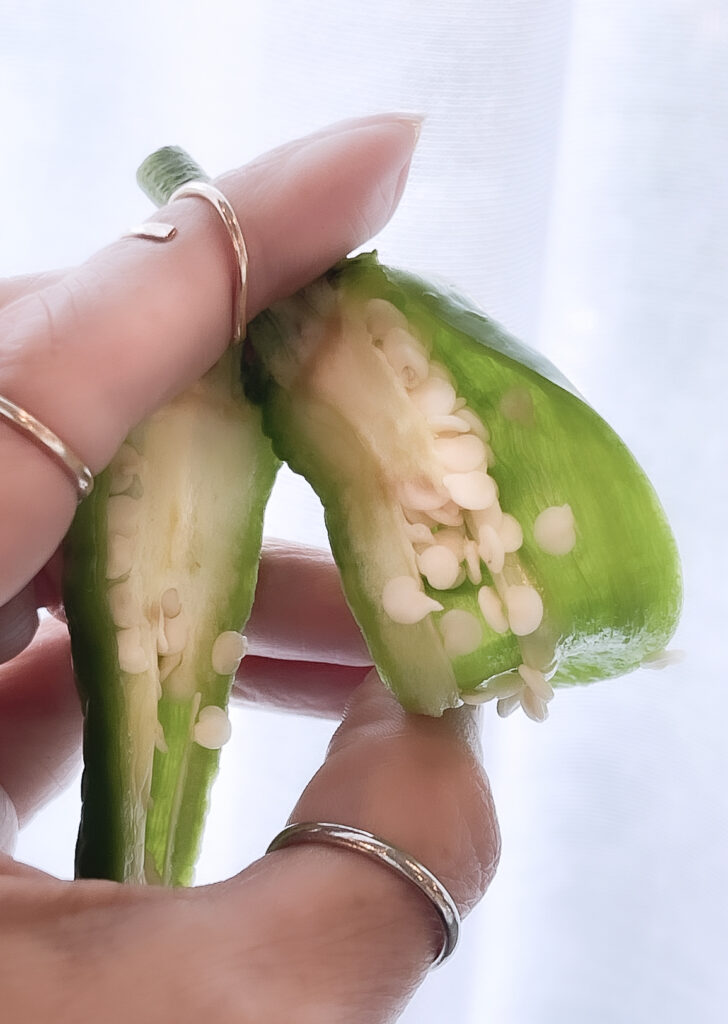
HOW MANY YEARS CAN YOU SAVE SEEDS?
In order to have seeds for many years, you need to first save them the right way. The most important piece is to make sure that the seeds are completely dry before you store them.
The time seeds last has to do with the ability they have to germinate.
For this to happen, let’s go over the different ways you can dry your seeds.

Ways to dry the Seeds:
- Lay out on a paper towel for at least 3 weeks for small seeds and 6 weeks for larger seeds.
- Use dehydrator at 110 – 120 degrees Fahrenheit for about one hour for small seeds and 3 hours for larger seeds.
- After drying, you can add a desiccant packet to keep the humidity low.
I am a believer that seeds can last for so many years, don’t throw away seeds, test them first.
But if you want to have an idea of the approximate life expectancy in optimal conditions, see the table below.:
| VEGETABLE | YEARS | EASE TO COLLECT 1-5 (1 BEING EASY and 5 HARD) |
|---|---|---|
| Lettuce | 6 | 1 (seeds are very small and you will need to wait for the bolting to get it from the flower) |
| Pepper | 2 | 1 (seeds are medium-sized but are very easy to remove, they will just fall off) |
| Tomato | 4 | 4 (Seeds are small and mixed with the pulp. It is best to ferment the seeds) |
| Spinach | 3 | 1 (seeds are very small and you will need to wait for the bolting to get it from the flower) |
| Cucumber | 5 | 1 (seeds are large and very easy to remove) |
| Eggplant | 4 | 2 (medium size seeds that will come out with the pulp) |
| Kale | 4 | 1 (seeds are very small and you will need to wait for the bolting to get it from the flower) |
| Carrot | 3 | 2(seeds are very small and you will need to wait for the bolting to get it from the flower) |
| Bean | 3 | 1 (seed size vary, but these are extremely easy to harvest) |
| Broccoli | 2 | 2 (seeds are very small and you will need to wait for the bolting to get it from the flower) |
| Okra | 2 | 1 (seeds are medium-sized but are very easy to remove, they will just fall off) |
| Squash | 4 | 1 (seeds are large and very easy to remove) |
| Pea | 3 | 1 (seed size vary, but these are extremely easy to harvest) |
The most involved seeds to get are the tomato seeds, but they are worth saving.
I use a fermenting method, you don’t have to, but I prefer this method to get rid of the gel-like pulp from the seed.
WATCH VIDEO BELOW TO LEARN THE PROCESS
WHAT ARE THE EASIEST SEEDS TO SAVE?
If you are a beginner gardener and can’t wait to save your own seed, congratulations!
Start with the easiest seeds you can get and begin adding each season. The easiest seeds I found to collect are:
- Beans – Larger seeds that are already collected when they are dry on the vine and are ready to store.
- Peppers – All the seeds are in the core which makes it so easy and no wet pulp to deal with.
- Peas – Same as beans, peas are already dry on the vine before you collect them.
- Squash – Larger seeds that are very easy to collect.
- Cucumbers – Larger seeds that are very easy to collect.
The most difficult seeds are from the flowers of the vegetables, such as dill. The reason is they are small, but you can just place them in a paper bag and shake them in it. You will have so many from one plant.
Take a look at the photo below of a dry dill flower with all those little seeds.
Extraordinary!
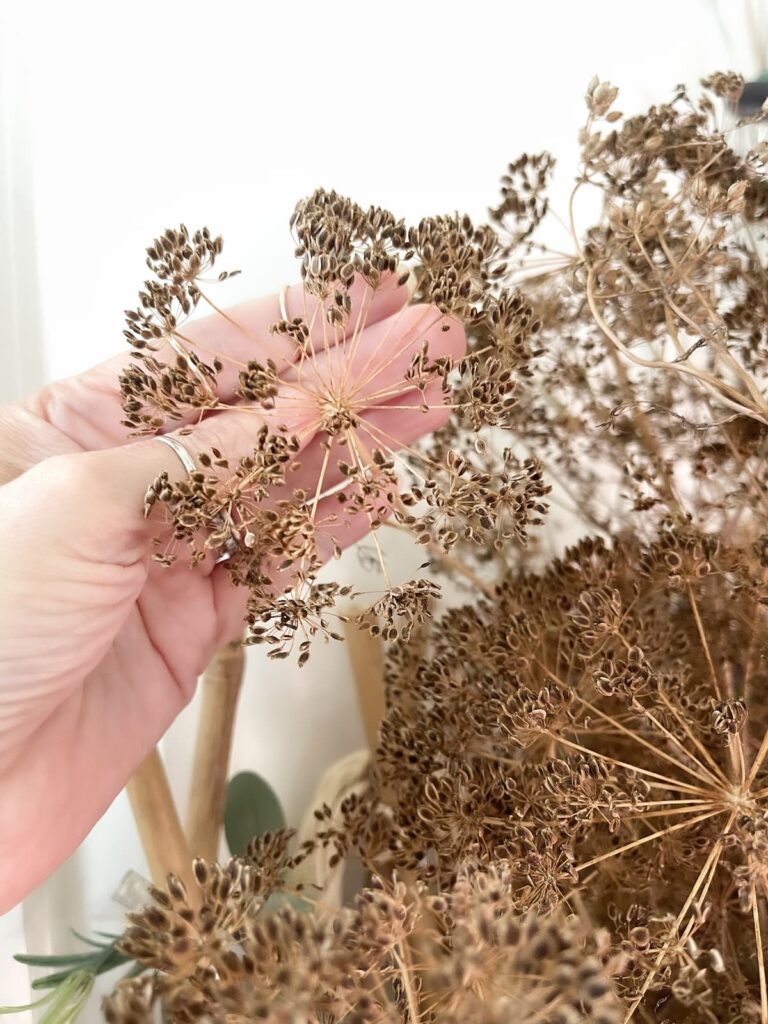
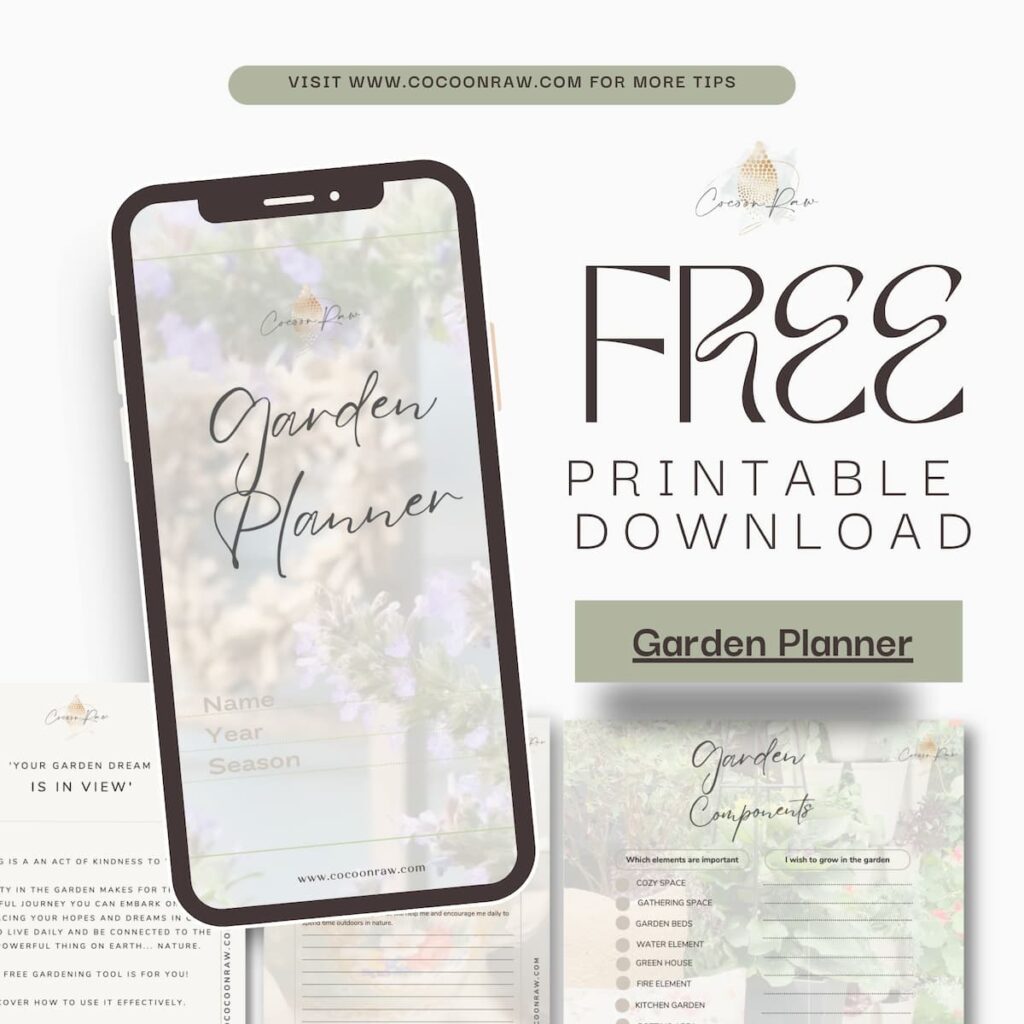
SEED SAVING TIPS TO KEEP IN MIND
| TOPIC | TIPS | RECOMMENDATIONS |
| Selecting | Select the healthiest plant for collecting seeds. | It is better to collect from one vegetable look to does not have blemishes or any rotting. You want a strong parent plant. |
| Timing | Collect the seeds before the vegetable has matured. | This method will prevent any rotting or pest getting to them before you do. |
| Harvesting | Be gentle, the seeds can be damaged and won’t be usable. | Use your fingers if you are concerned about damaging the seeds. |
| Cleaning | Understand when you have to ferment or just wash a seed. | When collecting tomato seeds, it is best to ferment the seeds. |
| Storage | Store seeds in a cool, dark and dry place. | Don’t store your seeds in a place like a garage that may fluctuate in temperature or near a fireplace. Find a space that is consistent and cool, but not cold. |
| Testing | Don’t discard your seeds before you test them for germination. | You will be amazed how long seeds last, sometimes, decades. Take the time to test, always. |
| Tracking | Label your seeds with the variety and year you collected it. | One good practice is to add the year of harvest, whether you grew the seeds or got it from someone else. |

FOLLOW NATURE FOR GARDEN SOLUTIONS
When collecting seed understand that seed saving comes with following the nature’s rythm with each season.
This is a practice that will provide you with cost savings, better quality of living, a determination to grow your own nurtured seeds, and the ability to share with others or exchange seeds with the garden community.
The benefits are endless.
Once you develop your seed saving skills, you will automatically start saving seeds. All it takes is for you to see how many seeds you can get from just one vegetable, it is the most incredible thing to see.
If you are a beginner gardener, take a small step that will begin to change the way you garden and look at the gardening process.
Nature wants to gift you with it seeds, it is all that plants want to do, is make seeds for you.
Your Cocoon Awaits You,
Stay Creative!
IF YOU LIKE THE POST, PLEASE PIN BELOW TO SUPPORT THE BLOG!
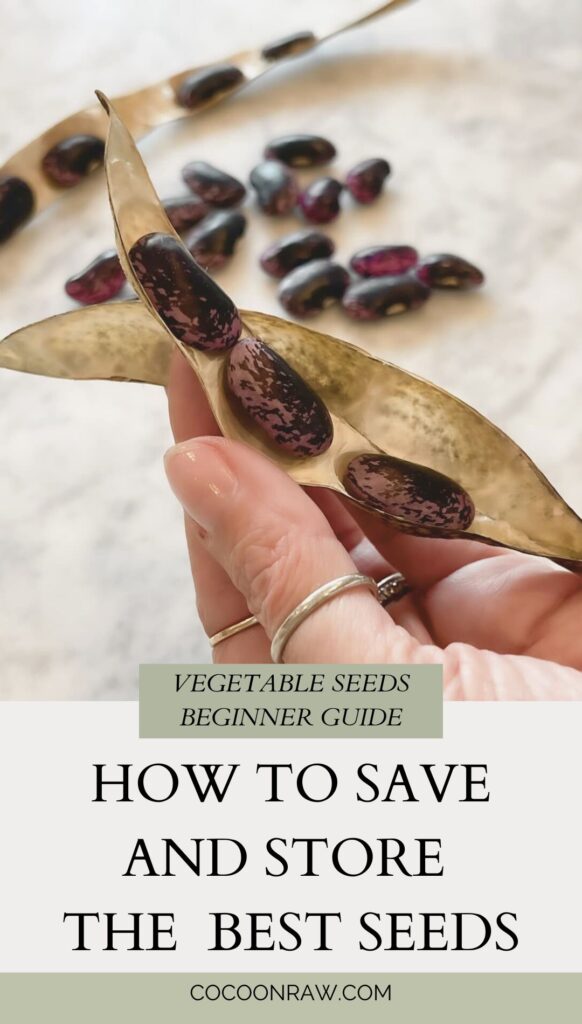
DON’T LEAVE YET!
JOIN ME ON SOCIAL MEDIA!
Instagram @cocoonraw
YouTube Cocoon Raw
Pinterest https://www.pinterest.com/cocoonraw/
Facebook https://www.facebook.com/cocoonrawdesign
TikTok cocoon_raw
You Tube Cocoon Raw
